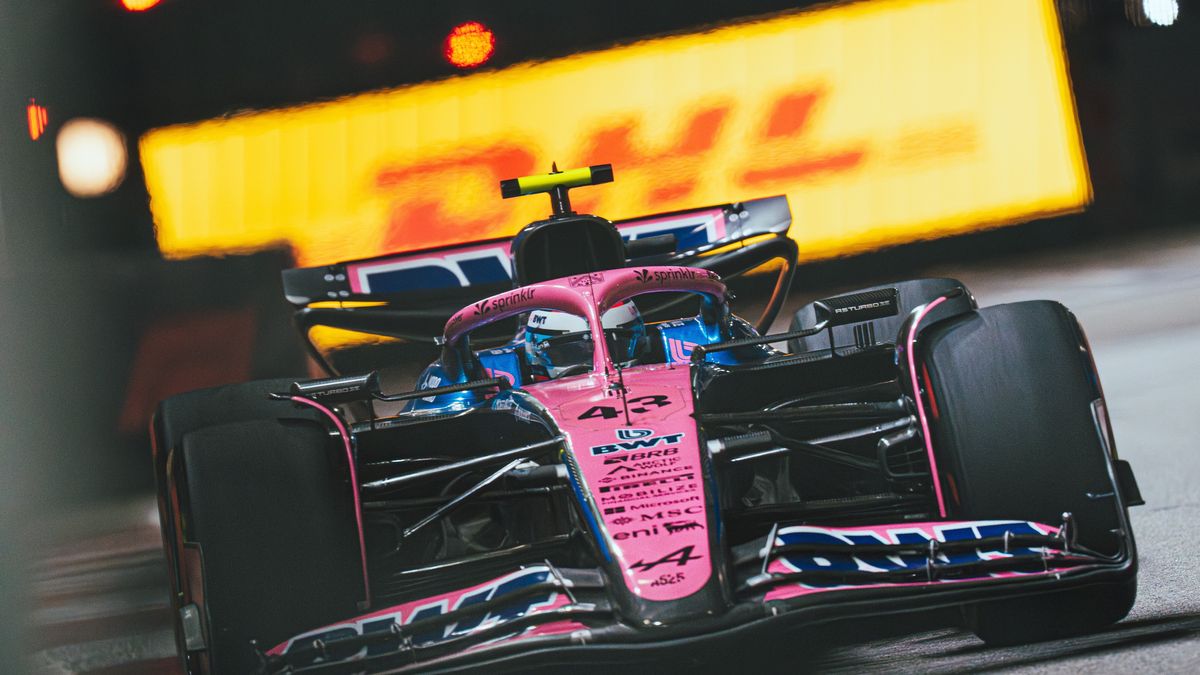Image: Steyr magistrate/press

Image: Steyr magistrate/press
The little robot called Ozobot is only 2.5 centimeters tall and is equipped with different lights and follows the line drawn on a piece of paper. If the correct color code is marked, the little robot rotates around its own axis. “You can also make it dance,” says project manager Sara Hinterplattner.
“The Ozobots are actually suitable for all age groups. The younger ones use the robot when drawing and are thus introduced to programming. There are other programs for the older ones – the Ozobots can also be used in foreign language lessons, for example,” says Barbara Sabitzer, professor for Instructional Technology at the JKU.
Pilot project in Steyr
In some countries, the Ozobots are already in use in schools, and now the city of Steyr is following suit and has equipped all of its 16 compulsory schools with two sets of twelve of the small robots. “Steyr is very industrial, so we want elementary school students to get to grips with programming and computer science at a young age and do so in a playful way,” says Steyr Mayor Markus Vogl (SP). The children were already enthusiastic about the robots when they were first handed over to them at primary school. “It’s exciting to see how intuitively they use the robots,” says Vogl.
Above all, the child-friendly introduction to the world of digital media was ultimately crucial for the project in Steyr, says Deputy Mayor Anna-Maria Demmelmayr (SP). Suitable training courses for educators will also start in March, which will be offered by the JKU’s COOL Lab in collaboration with the company Dynatrace. The small robots will also be used in lessons from April.

Image: Steyr magistrate/press
Advantage for digital basic education
“We researched for two years and dealt intensively with neurodidactics, gender studies and talent development. Some of it is still an unexplored pedagogical specialty that we will also support through research with the use of robots in teaching,” says Dynatrace co-founder Sok-Kheng Taing . Her main aim is to overcome gender-specific stereotypes and also to get girls excited about technology and IT. “We see this as a great future opportunity for our children, an increase in equal opportunities and we are contributing something to the highly qualified offspring,” says Taing.
The JKU COOL Lab in Linz covers the scientific aspect of the project. “We are looking forward to continuing to work very intensively with the educators at the Steyr schools, because the guided use of the Ozobots is an advantage for them too,” says Sabitzer from the JKU. “Since the introduction of the new subject Digital Basic Education, some teachers have been overwhelmed and feel underprepared for it. This is where the Ozobot can really make a contribution.” Workshops will now be held to develop lesson plans for all nine school levels on how the Ozobots can be used sensibly.
My themes
For your saved topics were
new articles found.

info By clicking on the icon you can add the keyword to your topics.
info
By clicking on the icon you open your “my topics” page. They have of 15 keywords saved and would have to remove keywords.
info By clicking on the icon you can remove the keyword from your topics.
Add the topic to your topics.
Source: Nachrichten




